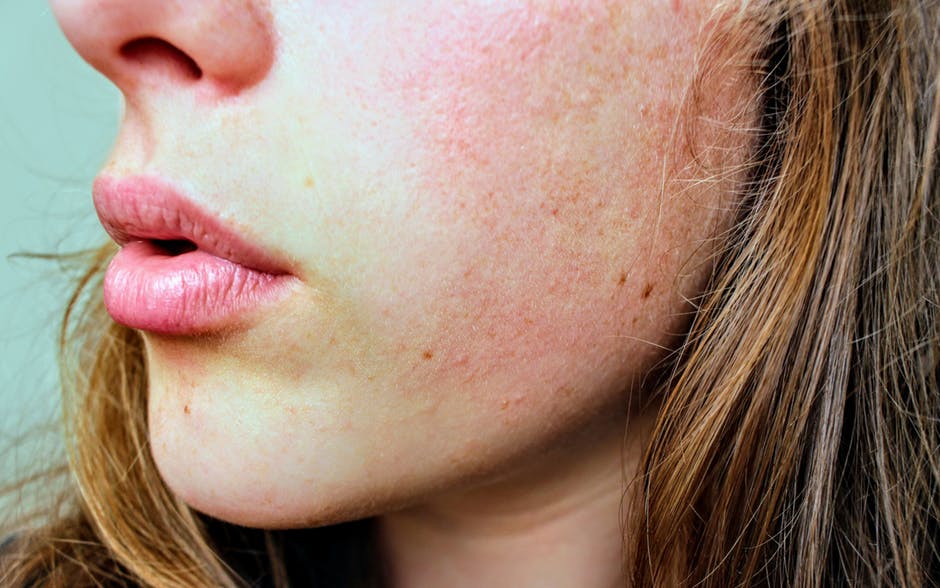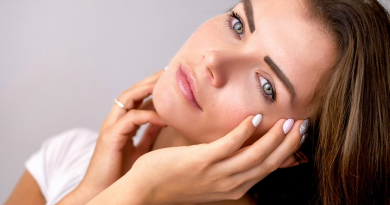Top 7 Medicines to Get Rid of Skin Infection
Skin infections occur due to growth of bacteria under the skin which lead to three common types of infections:
- Bacterial skin infections
- Fungal skin infections
- Viral skin infections
- Parasitic skin infections
Although there are various treatments available to cure skin infections, antibiotics are most commonly recommended by the doctor. Antibiotics are helpful in treating skin infections like cellulitis or impetigo. The following antibiotics are generally prescribed by the doctor for curing the discomfort:
1. Soframycin
Soframycin is used to treat bacterial infection as it is an antibiotic of the aminoglycoside class. It works by killing bacteria.
Skin infections can turn quite severe and cause excessive skin itching, pus, blisters, skin sloughing, breakdown, irritation, rashes, redness, and even lead to serious side effects and spreading of disease in other parts of the body.
Skin infections usually occur due to a weak immune system, poxvirus, tiny insect entering the skin and laying eggs, warm and moist skin areas due to excessive sweating which give rise to growth of fungus etc.
With proper medical care and advice of an expert doctor, one can be completely cured of any type of skin infection.
- 2. Cephalosporins
This medicine belongs to the category of beta-lactams which kill the bacteria directly and they do this by interfering how the bacteria build their cell wall.
Some of the drugs belonging to this category of medicine include:
- Ancef and Kefazol (cefazolin)
- Ceclor and Cefaclor (cefaclor)
- Cefdinir
- Ceftin and Zinacef (cefuroxime)
- Duricef (cefadroxil)
- Keflex and Keftabs (cephalexin)
- Maxipime (cefepime)
- Rocephin (ceftriaxone)
- Suprax (cefixime)
- Teflaro (ceftaroline fosamil)
- 3. Dicloxacillin
Dicloxacillin is a penicillin antibiotic that fights bacteria in your body and is hence extremely helpful in treating skin infections. Apart from this, Dicloxacillin is used to treat many different types of infections caused by bacteria such as bronchitis, pneumonia, or staphylococcal (also called “staph”) infections.
This medicine has to be taken at regular intervals at least four times a day or as directed by the doctor. The dosage is majorly based on the severity of the skin infection. Take dicloxacillin on an empty stomach (1 hour before or 2 hours after a meal) with a full glass of water. Drink plenty of fluids while using this medication unless your doctor tells you otherwise.
- 4. Clindamycin
Clindamycin is in a class of medications called lincomycin antibiotics. It works by slowing or stopping the growth of bacteria.
Clindamycin is available as a capsule and a solution (liquid) to be taken by mouth. It is usually taken three to four times daily with the length of treatment depending on the severity of condition and response to the treatment.
- 5. Vancomycin
Vancomycin is a prescription antibiotic used to treat bacterial infections. The drug works by killing bacteria or preventing their growth. This medicine works against methicillin-resistant strains of Staphylococcus aureus and is generally reserved for serious drug resistant gram-positive infections. Vancomycin therapy has been linked many to instances of hypersensitivity with fever, rash and eosinophilia that can be associated with mild hepatic injury, but despite over 50 years of use, it has not been linked to cases of serious hepatotoxicity.
- 6. Linezolid
Linezolid is a prescription drug used as an anti-biotic to treat certain serious bacterial infections and works by stopping the growth of bacteria. Linezolid treats bacterial infections only and belongs to the category of drugs known as monoamine oxidase (MAO) inhibitors.
It can increase the levels of certain natural substances in the body like dopamine, norepinephrine, and serotonin. These components increase the chances of certain side effects and food and drug interactions.
- 7. Doxycycline
Used to treat a wide variety of bacterial infections, including those that cause acne, the medicine is also used to cure malaria. Known as tetracycline antibiotic, the medicine works by stopping the growth of bacteria.
This medication is best taken by mouth on an empty stomach, at least 1 hour before or 2 hours after a meal, usually 1 or 2 times daily or as directed by the doctor. Take this medication with a full glass of water unless directed otherwise. If stomach upset occurs, taking it with food or milk may help.




